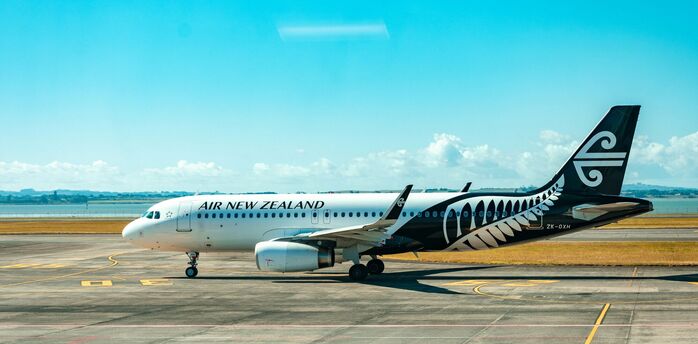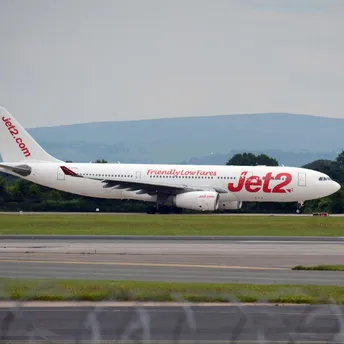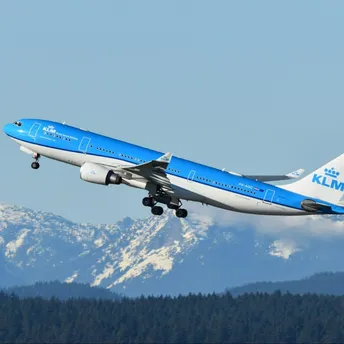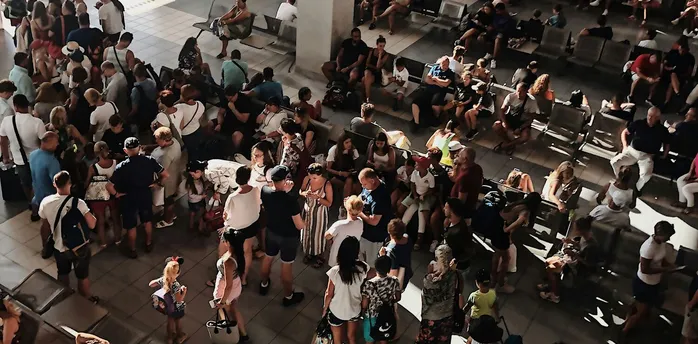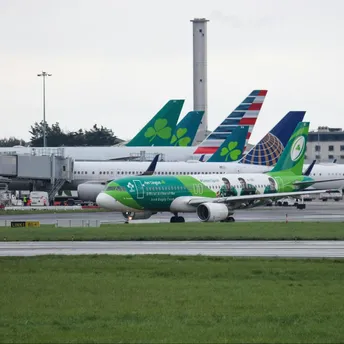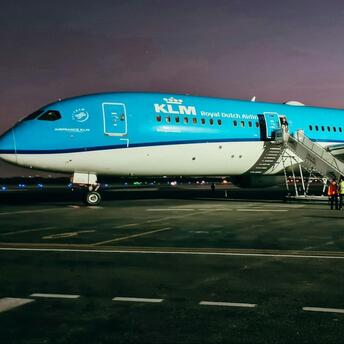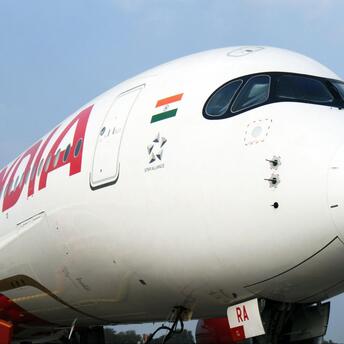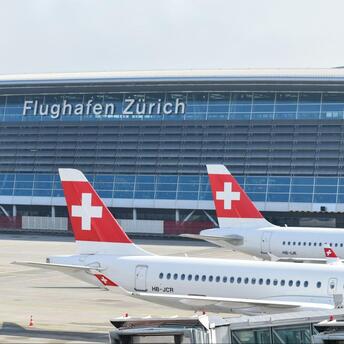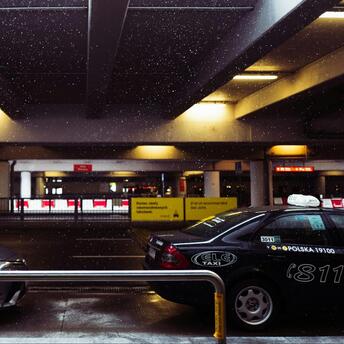London Stansted: The UK's Designated Destination for Hijacks

London Stansted Airport (STN), situated approximately 70 kilometers (43.5 miles) north of the UK capital, serves as a crucial hub for low-cost and leisure airlines. Ranking fourth in the country by passenger volume, it has also played a unique role as the designated UK airport for hijacked aircraft landings.
Why Stansted?
The choice of Stansted as the preferred facility for handling hijacked aircraft might seem arbitrary at first. However, there are several compelling reasons for this designation. Its proximity to RAF bases in Suffolk and Lincolnshire is one such reason, as these bases can dispatch fighter jets to escort compromised flights quickly, with every second being crucial.
Additionally, the airport’s more remote location compared to Heathrow (LHR) and Gatwick (LGW) makes it less of a target and less disruptive to London's air traffic. Its lower traffic levels ensure that hijacked aircraft can be handled with minimal interruption to regular operations. According to the BBC, Stansted's layout allows hijacked aircraft to be processed away from the main passenger terminal, facilitating negotiations and rescue missions without interfering with commercial activities.
Historical Incidents
Stansted's staff are well-trained to handle hijack situations, regularly conducting drills to prepare for such events. The airport's most significant test came in February 2000, involving an Ariana Afghan Airlines Boeing 727. After being hijacked, the plane made several stops before landing at Stansted, where a four-day standoff ensued. The incident ended peacefully, with the hijackers seeking asylum in the UK.
In 2013, two notable diversions occurred within four months. A Pakistan International Airlines (PIA) flight from Lahore to Manchester was escorted to Stansted by fighter jets due to threats. Similarly, a SriLankan Airlines flight bound for Heathrow was diverted to Stansted following security concerns.
Recent Incidents
Stansted has continued to handle such incidents sporadically. In July 2020, a Ryanair Boeing 737 flying from Krakow to Dublin was diverted to Stansted following a bomb threat. A month later, a Lauda flight from Vienna, scheduled to land at Stansted, was intercepted due to a suspicious package on board. Both incidents ended safely, with the threats proving unfounded.
In October 2022, a Jet2 Airbus A321 from Dalaman to Manchester made an unplanned stop at Stansted due to a security threat, which was soon resolved.
Stansted’s Busy Operations
Despite its role in handling hijacked aircraft, Stansted remains a busy commercial airport. In 2023, nearly 28 million passengers passed through its doors. Aviation analytics company Cirium projects 178,938 flights to and from Stansted in 2024, offering 34,352,971 seats. The top airlines operating at Stansted are:
- Ryanair: 143,040 flights offering 27,265,058 seats
- Jet2: 14,788 flights offering 2,835,696 seats
- easyJet: 7,560 flights offering 1,325,700 seats
Stansted's unique role in aviation safety, combined with its bustling commercial operations, underscores its importance in the UK's air transport infrastructure.


